Cold hardiness of some gesneriads....
calla_lady
20 years ago
Related Stories

GARDENING GUIDES10 Cold-Hardy Succulents for Cool-Season Interest
These attractive plants shrug off colder temperatures, and many can be brought inside in containers in extra-chilly climates
Full Story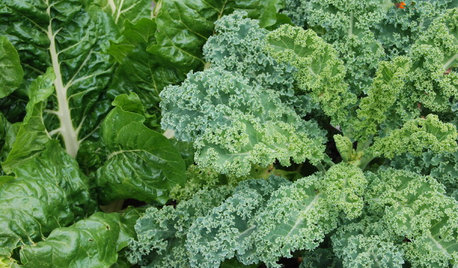
FALL GARDENINGFrost-Hardy Foliage That Loves a Cold-Climate Garden
When winter cuts a bleak swath through other plants, these edibles and perennials flourish brilliantly
Full Story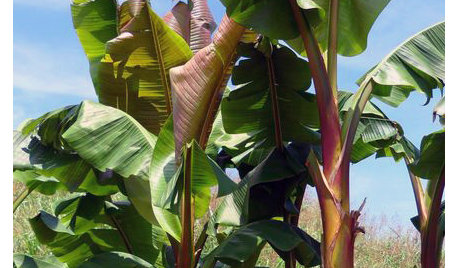
GARDENING AND LANDSCAPINGBring the Tropics to Your Cold-Climate Garden
Delightfully deceptive, these plants combine a durable nature with a tropical look to add a touch of the exotic to cooler landscapes
Full Story
GARDENING GUIDES10 Cold- and Heat-Tolerant Perennials and Shrubs for the Arid West
These flowering native plants shrug off the cold of winter and heat of summer while adding beauty to the drought-tolerant landscape
Full Story
LANDSCAPE DESIGNGreat Design Plant: Retreat to the Shade of Hardy Catalpa
Big foliage and a towering height provide a shady respite in summer, but that's not all hardy catalpa offers dedicated gardeners
Full Story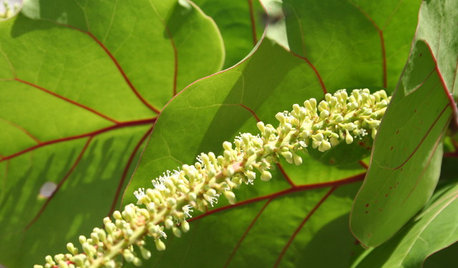
GARDENING GUIDESGreat Design Plant: Sea Grape, a Hardy Coastal Delight
Up to the high-tide line or even indoors, sea grape draws smiles for its looks and cheers for its tenacity
Full Story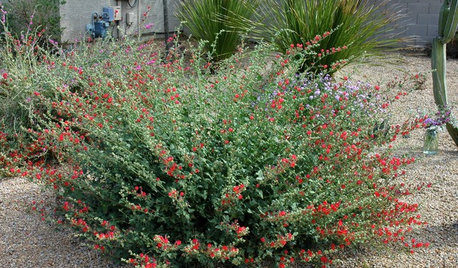
GARDENING GUIDESSouthwest Gardener's February Checklist
Orange you glad for a citrus-fertilizing reminder? And don't forget the recommended doses of vegetable seeds and cold-hardy flowers
Full Story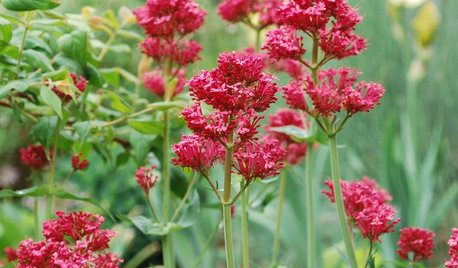
GARDENING GUIDES6 Lovely Water-Wise Perennials for High Altitudes
Even if your climate is cold and dry, you can still celebrate spring with these hardy and colorful perennials
Full Story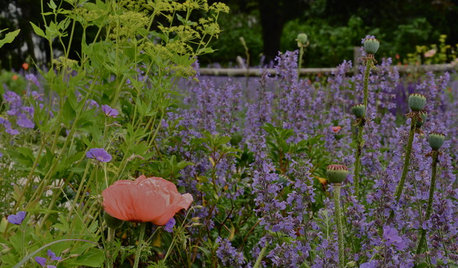
GARDENING GUIDESGreat Design Plant: Walker's Low Catmint
Prolific purple blooms, fragrant leaves, and cold-hardiness makes this a go-to plant for almost any garden
Full Story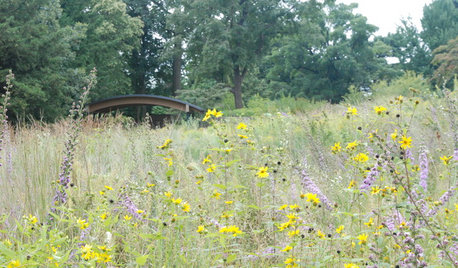
GARDENING GUIDESHow to Find the Right Plants for Your Garden
Break free from choosing plants by cold-hardiness zones for a beautiful landscape that thrives year-round
Full StorySponsored
Central Ohio's Trusted Home Remodeler Specializing in Kitchens & Baths






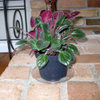
jon_d
JohnnieB
Related Professionals
Maple Valley Landscape Architects & Landscape Designers · West Milford Landscape Architects & Landscape Designers · Boca Raton Landscape Contractors · Brookfield Landscape Contractors · Brookline Landscape Contractors · Gaithersburg Landscape Contractors · Hilton Head Island Landscape Contractors · Live Oak Landscape Contractors · Longmont Landscape Contractors · Mequon Landscape Contractors · North Richland Hills Landscape Contractors · Antioch Landscape Contractors · Baileys Crossroads Landscape Contractors · Ft Washington Siding & Exteriors · Rockville Siding & Exteriorscalla_ladyOriginal Author
jon_d
calla_ladyOriginal Author
jon_d
dampflippers
kal2002
jon_d
JohnnieB
jon_d
aka_peggy
robitaillenancy1